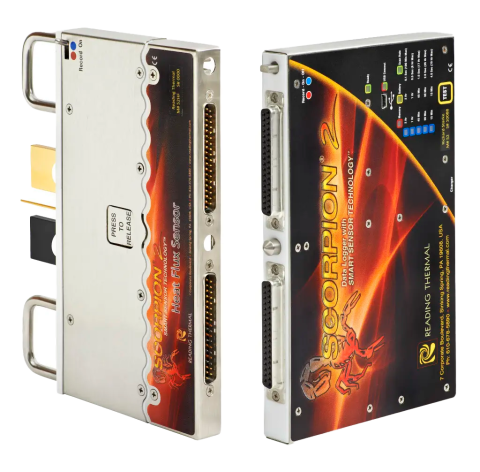You can have the perfect recipe, the finest ingredients, and the most advanced oven on the market – but if your baking environment isn’t tightly controlled, your product quality can still waver. That’s why more bakeries are moving beyond temperature alone and embracing joint monitoring of both heat and humidity. Reading Thermal temperature and humidity monitoring for commercial bakery ovens in Germany reduce waste and optimize performance, helping your company stay competitive in a baking industry that demands precision every single day.
Heat Alone Doesn’t Tell the Whole Story
Temperature monitoring has long been a staple in industrial baking, and for good reason. You need to know how heat moves through your oven zones and across your product. But heat doesn’t work in isolation. It interacts with moisture, ingredients and airflow to shape everything from crust development to crumb structure.
A drier oven may speed up surface drying, leading to cracked crusts or a product that bakes too quickly on the outside and too slowly on the inside. On the other hand, excess humidity can prevent proper crust formation or result in a gummy interior. Without knowing how both temperature and moisture behave together inside your oven, you’re working with half the picture – and that can cost you consistency and efficiency.
Reading Thermal understands this interplay, which is why our SCORPION® 2 Profiling System includes both the Temperature Sensor Array and the Digital Humidity Sensor. Used together, these tools give bakeries a full thermal profile of the oven’s environment, from zone to zone and batch to batch. You’re not just logging degrees – you’re capturing the combined forces that shape your product from the inside out.
The Modern Baking Landscape Demands More
Today’s bakery operations aren’t like they were 10 or even five years ago. More SKUs, tighter tolerances, gluten-free variants and clean label expectations all add pressure to maintain product uniformity without increasing downtime or waste. That means bakeries need more than basic oven readouts. They need actionable data that reflects the real-time conditions impacting every product on the line.
Joint monitoring delivers that level of insight. When you profile your oven with both temperature and humidity sensors, you can detect trends and anomalies before they impact quality. Maybe you notice that your enriched breads come out slightly underbaked every Monday morning. With joint data, you might discover that the oven humidity isn’t ramping up fast enough during startup, affecting moisture retention in the first few batches. That’s the kind of small but significant problem that would be tough to diagnose without a complete thermal snapshot.
The SCORPION® 2 Digital Humidity Sensor is designed for exactly that purpose. It gives you the context you need to make informed decisions. Paired with temperature data, you gain the ability to spot issues early and fine-tune your process across a wide range of products. It’s an approach that doesn’t just help during troubleshooting – it helps you get ahead of problems before they start.
Your Process, Upgraded
When heat and humidity data work together, your baking process becomes more predictable. You’re not guessing why a product browned faster in one shift or why a batch cooled differently than expected. Instead, you’re relying on verified data from within the actual baking environment – data that reflects what your product experienced, not just what the oven settings promised.
Each product has different needs, and joint monitoring gives you the flexibility to meet those needs with confidence. When your team can trust the bake environment, they can spend less time reacting and more time refining.
If you would like more information on our temperature and humidity monitoring for commercial bakery ovens in Germany, call Reading Thermal at (01) 610-678-5890 or contact us online.

